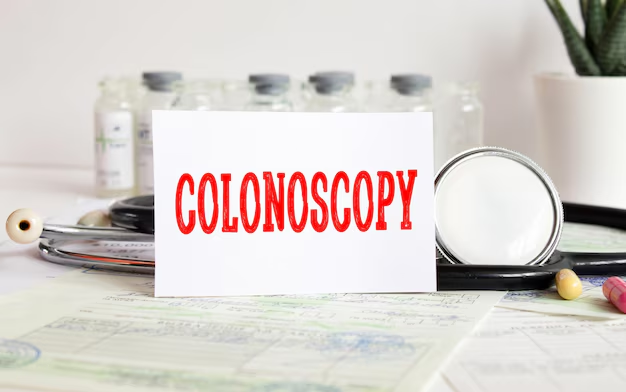Understanding Lyme Disease: Can It Be Cured? 💡
When it comes to Lyme disease, a tick-borne illness that affects thousands annually, understanding whether it is curable is crucial for both patients and medical professionals. With increasing media attention and personal stories spotlighting this condition, it’s essential to address common questions and misconceptions. Let's explore what Lyme disease involves, treatment options, and what the term "curable" truly means in this context.
What is Lyme Disease?
Lyme disease is an infectious disease caused by the bacterium Borrelia burgdorferi, transmitted to humans through the bite of infected black-legged ticks, commonly known as deer ticks. While predominantly found in the northeastern, north-central, and Pacific coastal areas of the United States, cases have been reported in other regions and countries with similar tick habitats.
Symptoms of Lyme Disease
The symptoms of Lyme disease can vary widely, making it a complex condition to diagnose and manage. Some of the common signs include:
- Early Symptoms: Characteristic "bull's-eye" rash at the site of the tick bite, fever, chills, headache, and muscle or joint aches.
- Later Symptoms: Severe headaches, additional rashes, arthritis with severe joint pain and swelling, heart palpitations, and dizziness.
Is Lyme Disease Curable?
The short answer is yes, Lyme disease can be curable, especially when diagnosed and treated early. The majority of Lyme disease cases can be successfully treated with a course of antibiotics. However, the term "curable" can have different implications based on the duration and severity of the disease, as well as the timing of the treatment.
Early Treatment of Lyme Disease
When Lyme disease is caught early, treatment usually involves a 10 to 21-day course of oral antibiotics like doxycycline, amoxicillin, or cefuroxime axetil. Prompt treatment is crucial and generally results in a full recovery with a return to normal activities.
Challenges in Late-Stage Lyme Disease
Many difficulties arise in cases where Lyme disease has progressed without detection, known as late-stage or chronic Lyme disease. Symptoms could persist or appear long after the initial tick bite, and more intensive antibiotic treatments may be required. In these instances, the term "curable" might imply symptom management as opposed to eradication.
- Persistent Lyme Symptoms: A small percentage of patients experience post-treatment Lyme disease syndrome (PTLDS), where symptoms linger for more than six months despite antibiotic therapy.
Ongoing Research and Advances
The medical community continues to actively research Lyme disease to develop better diagnostic tools and treatments. Advances in diagnostic testing aim to improve early detection, which is key to successful treatment outcomes.
Preventative Measures and Public Health
While understanding treatment is important, emphasizing prevention is one of the best ways to handle Lyme disease.
Simple Strategies to Prevent Tick Bites
- Wear protective clothing: Long sleeves and pants can minimize exposed skin.
- Use tick repellents: Apply repellents containing DEET or permethrin on clothing and exposed skin.
- Perform tick checks: Regularly inspect skin and clothing after potential exposure to tick habitats.
Public Awareness and Education
Public health campaigns focus on raising awareness about Lyme disease, how it's transmitted, and how to prevent it. Better public understanding ultimately leads to reduced incidence and faster treatment and recovery.
The Psychological Impact of Lyme Disease
Beyond the physical symptoms, Lyme disease can significantly impact mental health due to chronic pain, fatigue, and periods of uncertainty during diagnosis and treatment. This highlights the importance of holistic care, encompassing both physical and mental health management.
Navigating Life with Lyme Disease
Living with Lyme disease can be challenging, especially for those dealing with long-term symptoms. Here are some strategies and resources that can help:
- Strengthen your support network: Connecting with support groups and communities can offer emotional comfort and practical advice.
- Adopt healthy lifestyle choices: A balanced diet, regular exercise, and adequate rest can bolster the immune system and enhance overall well-being.
- Engage with healthcare professionals: Regular communication with healthcare providers ensures appropriate management of ongoing symptoms.
Key Takeaways: Understanding and Managing Lyme Disease 📝
- Early Detection is Key: Look out for symptoms like the bull's-eye rash and seek medical attention promptly.
- Treatment is Available: Most cases are treated effectively with antibiotics if caught early.
- Prevention is Crucial: Wear protective clothing, use repellents, and check for ticks.
- Stay Informed: Keep abreast of new research and recommendations from health authorities.
- Mind Your Mental Health: Prioritize a supportive network and a healthy lifestyle to manage psychological impacts.
Lyme disease is a nuanced condition that, with proper understanding and management, can lead to recovery and a good quality of life. Stay informed, prioritize prevention, and consult healthcare professionals to navigate the path to health effectively.
